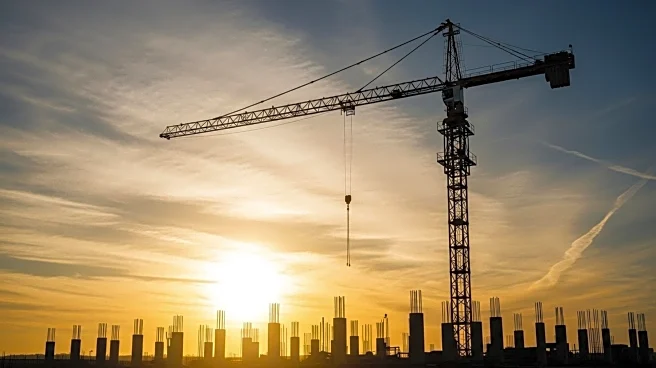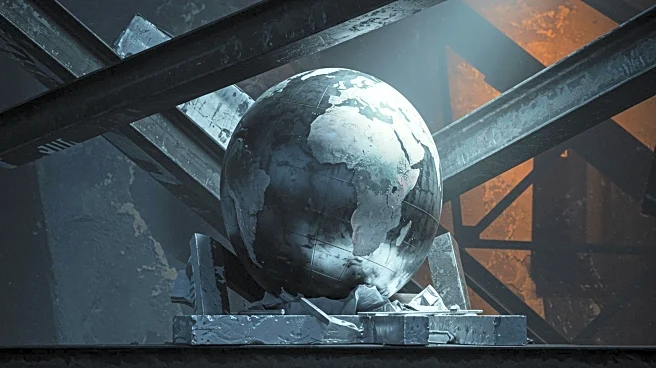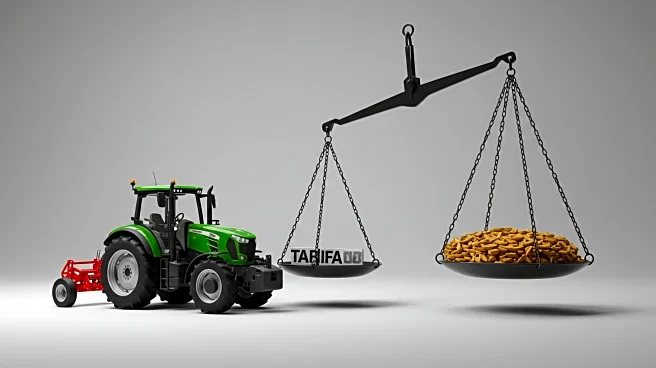What is the story about?
What's Happening?
The construction industry in the United States is currently grappling with several challenges, including tariff uncertainties, labor shortages, and legislative impacts. As of the second half of 2025, these factors are significantly influencing cost, demand, and availability in the sector. While inflationary pressures have slightly eased, the uncertainty surrounding tariffs continues to affect construction material costs and availability. Suppliers have resorted to stockpiling materials to avoid higher tariffs, which has temporarily cushioned price volatility but also contributed to a slowdown in commercial construction rates. Additionally, total construction spending in the U.S. has been on a steady decline since its peak in September 2023, as reported by FRED data. This decline is attributed to cost uncertainty, labor shortages, and shifting demand.
Why It's Important?
The ongoing challenges in the construction industry have significant implications for the U.S. economy and infrastructure development. The uncertainty around tariffs and labor shortages can lead to increased project costs and delays, affecting both public and private sector projects. This situation may result in reduced investment in new construction projects, impacting economic growth and job creation in the sector. Furthermore, the slowdown in commercial construction rates could affect related industries, such as real estate and manufacturing, which rely on a robust construction sector for growth. Stakeholders, including construction companies, policymakers, and investors, need to address these challenges to ensure the stability and growth of the industry.
AI Generated Content
Do you find this article useful?












